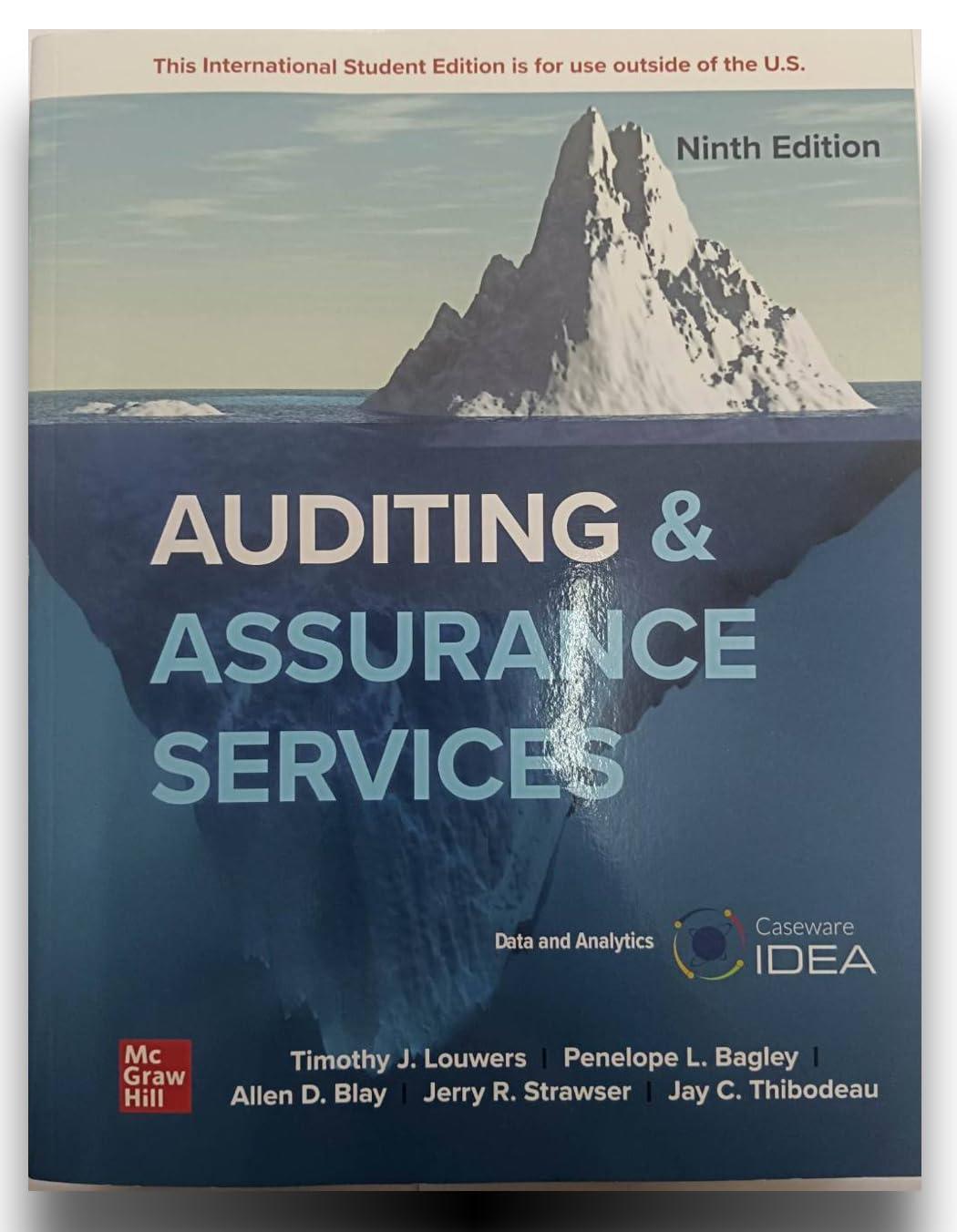28. (4 points) At the end of its first year of operations (2019), Z reported the following: Pretax (GAAP-based) financial income for 2019 $500,000 Book depreciation during 2019 of $150,000 and tax depreciation for 2019 of $280,000 Interest income on municipal bonds for the year 2019 5,000 Prepaid rental expense as of 12-31-19 6,000 Accrued warranty expense payable as of 12-31-19 8,000 Fine expense penalty incurred and paid during 2019 for violating a federal law 78,000 Pension expense on H's defined benefit plan for the year 2019 21,000 Cash contributions made to H's defined benefit pension plan during the year 2019 24,000 Bad debt expense for the year 2019 7,000 Write-offs during the year 2019 3,000 Unrealized holding loss for the year 2019 on a trading debt investment security 8,000 Unrealized holding gain for the year 2019 on an available-for-sale debt investment security 2,000 The excess depreciation reverses as follows: $35,000 in 2020; 865,000 in 2021; 830,000 in 2022. Z expects the unrealized holding gains/losses on investment securities and the prepaid rent to reverse in 2020. Z expects all other temporary differences to reverse evenly in 2020 and 2021. Assume enacted tax rates are as follows: 2019: 28% 2020 21% 2021: 21% 2022: 25% Prepare a schedule reconciling Z's 2019 pretax financial income to its taxable income. Identify EACH item in your reconciliation as a permanent difference or a temporary difference. If the item is a temporary difference, indicate if it creates a deferred tax asset or a deferred tax liability. Prepare the journal entry to record Z's income tax expense, deferred tax assets, deferred tax liabilities, and income taxes payable for 2019. In addition, reconcile Z's pretax income amount at 2019's income tax rate with the income tax expense amount Z will report on its 2019 income statement 28. (4 points) At the end of its first year of operations (2019), Z reported the following: Pretax (GAAP-based) financial income for 2019 $500,000 Book depreciation during 2019 of $150,000 and tax depreciation for 2019 of $280,000 Interest income on municipal bonds for the year 2019 5,000 Prepaid rental expense as of 12-31-19 6,000 Accrued warranty expense payable as of 12-31-19 8,000 Fine expense penalty incurred and paid during 2019 for violating a federal law 78,000 Pension expense on H's defined benefit plan for the year 2019 21,000 Cash contributions made to H's defined benefit pension plan during the year 2019 24,000 Bad debt expense for the year 2019 7,000 Write-offs during the year 2019 3,000 Unrealized holding loss for the year 2019 on a trading debt investment security 8,000 Unrealized holding gain for the year 2019 on an available-for-sale debt investment security 2,000 The excess depreciation reverses as follows: $35,000 in 2020; 865,000 in 2021; 830,000 in 2022. Z expects the unrealized holding gains/losses on investment securities and the prepaid rent to reverse in 2020. Z expects all other temporary differences to reverse evenly in 2020 and 2021. Assume enacted tax rates are as follows: 2019: 28% 2020 21% 2021: 21% 2022: 25% Prepare a schedule reconciling Z's 2019 pretax financial income to its taxable income. Identify EACH item in your reconciliation as a permanent difference or a temporary difference. If the item is a temporary difference, indicate if it creates a deferred tax asset or a deferred tax liability. Prepare the journal entry to record Z's income tax expense, deferred tax assets, deferred tax liabilities, and income taxes payable for 2019. In addition, reconcile Z's pretax income amount at 2019's income tax rate with the income tax expense amount Z will report on its 2019 income statement







